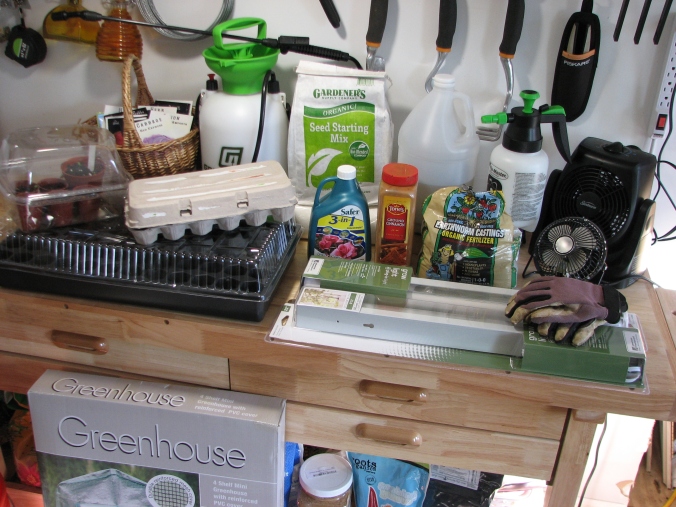So…what is hugelkultur? I asked that question a few months ago when I stumbled on several articles on the subject. I learned that hugelkultur (hoo-gull-culture) is a centuries-old composting technique that uses large pieces of rotting wood as the nucleus for long term humus building decomposition. The decomp process takes place below the surface, while at the same time allowing you to cultivate the garden bed. This allows your veggie roots to take advantage of nutrients released during the breakdown of the wood. We really liked the idea of building our own organic garden soil instead of spending loads of money on bags of it. That way we would know exactly what was in it and also have a greater connection to our garden.
To accomplish this, we first placed a layer of cardboard in the raised beds (I’ve been hoarding cardboard boxes all winter in the garage) to kill the grass and feed the worms, then we filled them in with the wood. Our property has several trees on it so it was easy to find fallen branches and twigs in the yard. Most of the wood we used was seasoned (dried and starting to rot) but we had to fell a large tree this week so we threw in some of the logs we cut even though they were green. Add in some grass clippings to fill in around the logs to give back the nitrogen they will use up during decomp, especially around the green logs, as they will use more!
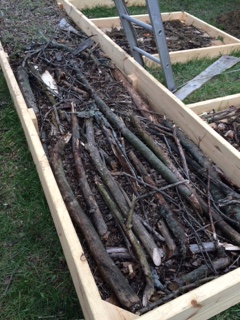
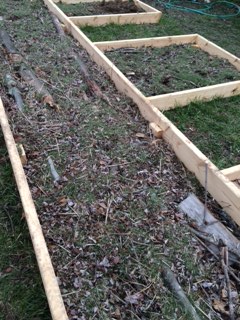
Next, we added compost from our compost pile, seasoned manure, peat moss, and some soil from our yard that was absolutely teeming with worms. I hand mixed these last ingredients together to form the planting layer, but rakes and tillers work just as well.
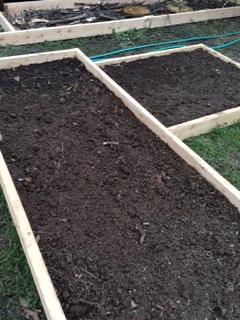
And now all that’s left is to cover the beds for a few days to warm up the soil and start giving my little green lovelies their new homes. You don’t want to shock your seedlings by taking them out of a warm environment and put them in the cold. This week we have Romanesco broccoli and lilac bell peppers coming up strong, as well as a whole slew of tomato varieties that are about 3” high now. My onions haven’t fared well, but I will transplant the few that survived and try direct sowing the seeds into the beds and see how they do.
Once the seedlings are in the hugel beds we plan to put hoop houses over them to protect the plants until they are bigger and stronger, as well as adding an irrigation system. One step at a time though.
Until next time, happy gardening!
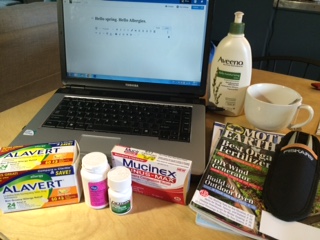
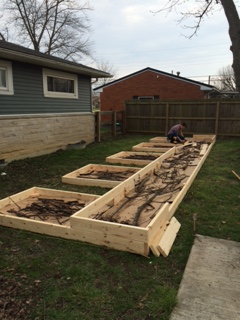
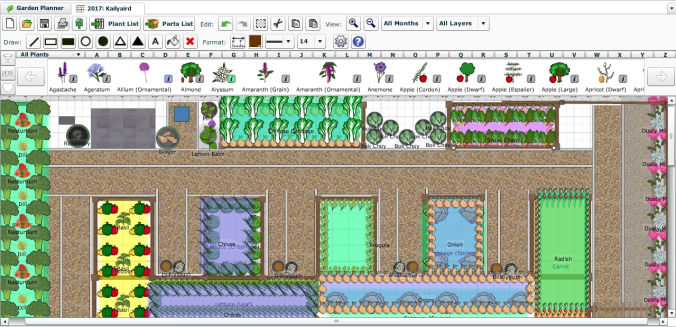 Happy first day of spring!
Happy first day of spring!